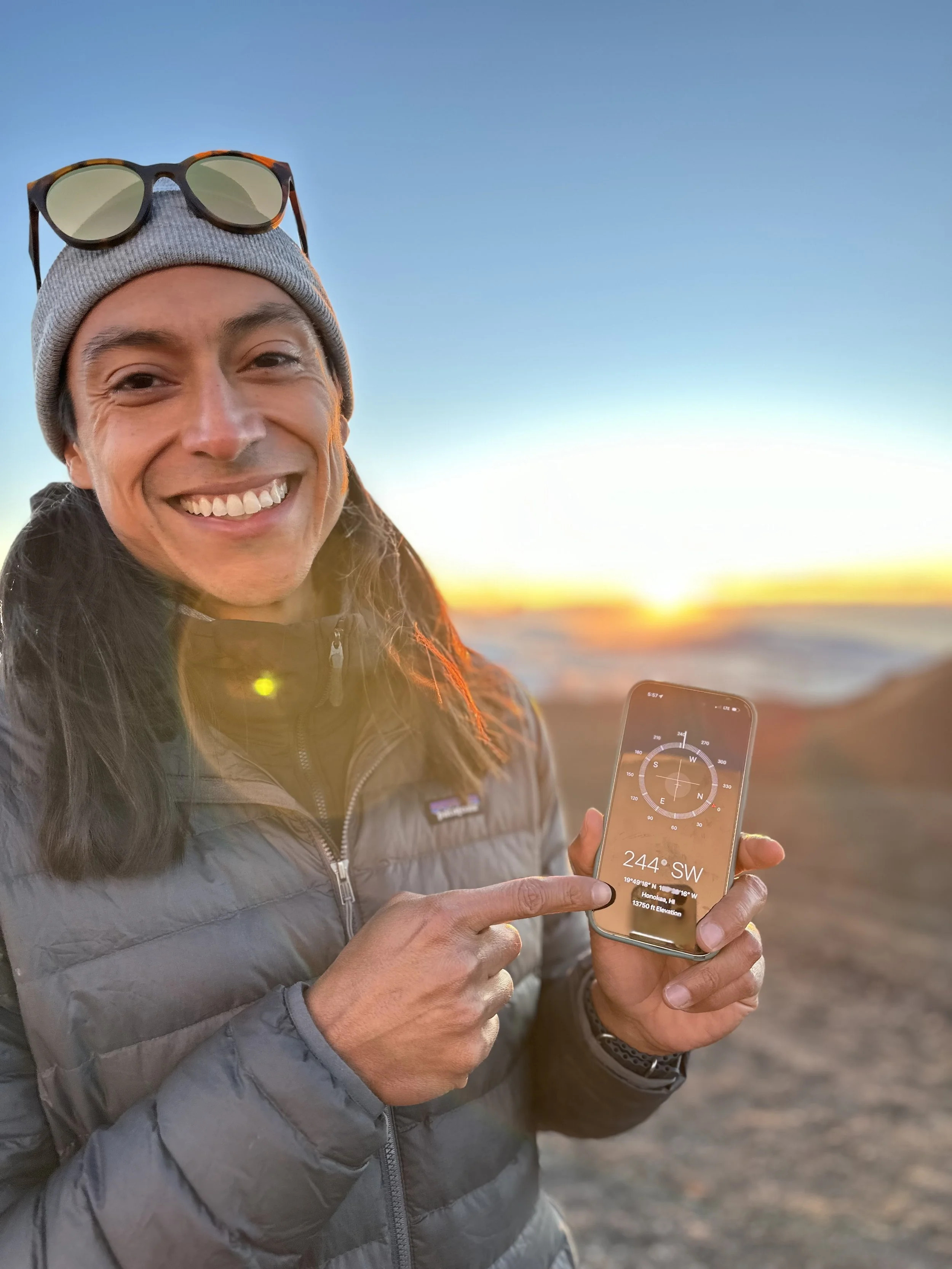About
My journey started as a mechanical engineer intern at an oil and gas services firm designing offshore platforms. After graduating, I began my career at Capgemini, an IT Consulting firm. I worked as an application management consultant keeping government-regulated applications up and running. From this experience, I gained an appreciation for how UX can impact the usability of apps. I soon transitioned into a UX/UI designer role, where I further developed my design skills. Drawing on what I have learned with each opportunity, I am able to craft meaningful, intuitive designs that resonate with users.
Currently, I am a Product Designer at Inspire Brands where I lead a team that creates next-generation experiences across our portfolio of brands. I create impactful solutions, covering everything from strategy and research to prototyping and testing.
When I am not designing, you can probably find me at the gym (working out or coaching), enjoying the ocean in a canoe, or hiking with my dog named Faustus.
Skills
Functional Skills
Product Design
Design Systems
Design Mentorship
UX Strategy
Accessibility Design
Prototyping
Wireframing
Mobile Design
Usability Testing
User Research
Information Architecture
Industries
Quick Service Restaurant (QSR)
Chemical
Consumer Products
Education
Engineering
Insurance
Oil & Gas
Pharmaceutical
Telecom
Soft Skills
Team Management
Working with Leadership
Prioritization
Cross-Functional Collaboration
Vision Setting
Technical Skills
Figma
Adobe Illustrator
Adobe XD
Adobe Photoshop
InDesign
UserTesting
Miro
Jira
Basic HTML/CSS
Notes on design
Research
This is the foundation of practical design. Research helps us learn from lessons of the past and ensures our solutions are rooted in real insights rather than assumptions. Research also helps us understand the “why” behind user actions. By understanding the “why,” we can make better design decisions.
Define
In this step, research is transformed into actionable problem statements. A well-defined problem statement gives us focus and alignment, and it sets the stage for creativity. Identifying design guardrails helps channel creativity productively, ensuring the solution is both meaningful and desirable.
Ideate
In my opinion, this step is the fun part. Here, there are opportunities to break from conventional thinking. Exploring a variety of ideas and gradually honing in on the best ones leads to innovative solutions.
Iterate
Rarely is good design perfect on the first try. It may check all the boxes at first, but once users and peers try it out, the flaws become clear. Testing and iterating allow us to polish our ideas into final products that truly meet the users’ needs.
Good design is a design that works. It does not need to be fancy, but that does not mean it is simple. What truly matters is making products that feel intuitive, as though they have always been a part of your day.
My approach comes down to 4 key steps.
